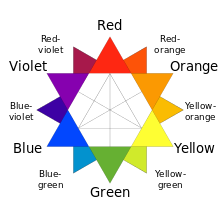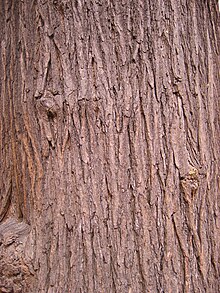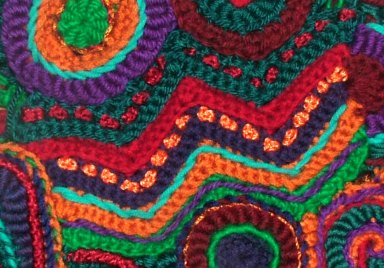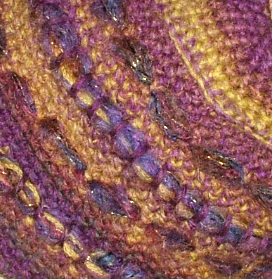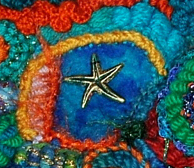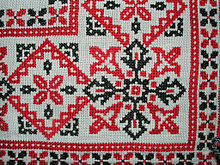Principles of Design
The Principles are concepts used to organize or arrange the structural elements of design. Again, the way in which these principles are applied affects the expressive content, or the message of the work. The principles are:Balance

Balance is the concept of visual equilibrium, and relates to our physical sense of balance. It is a reconciliation of opposing forces in a composition that results in visual stability. Most successful compositions achieve balance in one of two ways: symmetrically or asymmetrically. Balance in a three dimensional object is easy to understand; if balance isn't achieved, the object tips over. To understand balance in a two dimensional composition, we must use our imaginations to carry this three dimensional analogy forward to the flat surface.

Symmetrical balance can be described as having equal "weight" on equal sides of a centrally placed fulcrum. It may also be referred to as formal balance. When the elements are arranged equally on either side of a central axis, the result is Bilateral symmetry. This axis may be horizontal or vertical. It is also possible to build formal balance by arranging elements equally around a central point , resulting in radial symmetry.

There is a variant of symmetrical balance called approximate symmetry in which equivalent but not identical forms are arranged around the fulcrum line.
 Asymmetrical balance, also called informal balance,
is more complex and difficult to envisage. It involves placement of objects
in a way that will allow objects of varying visual weight to balance one another
around a fulcrum point. This can be best imagined by envisioning a literal balance
scale that can represent the visual "weights" that can be imagined in a two
dimensional composition. For example, it is possible to balance a heavy weight
with a cluster of lighter weights on equal sides of a fulcrum; in a picture,
this might be a cluster of small objects balanced by a large object. It is also
possible to imagine objects of equal weight but different mass (such as a large
mass of feathers versus a small mass of stones) on equal sides of a fulcrum.
Unequal weights can even be balanced by shifting the fulcrum point on our imaginary
scale.
Asymmetrical balance, also called informal balance,
is more complex and difficult to envisage. It involves placement of objects
in a way that will allow objects of varying visual weight to balance one another
around a fulcrum point. This can be best imagined by envisioning a literal balance
scale that can represent the visual "weights" that can be imagined in a two
dimensional composition. For example, it is possible to balance a heavy weight
with a cluster of lighter weights on equal sides of a fulcrum; in a picture,
this might be a cluster of small objects balanced by a large object. It is also
possible to imagine objects of equal weight but different mass (such as a large
mass of feathers versus a small mass of stones) on equal sides of a fulcrum.
Unequal weights can even be balanced by shifting the fulcrum point on our imaginary
scale.
Whether the solution is simple or complex, some form of balance can be identified in most successful compositions.
Proportion

Proportion refers to the relative size and scale of the various elements in a design. The issue is the relationship between objects, or parts, of a whole. This means that it is necessary to discuss proportion in terms of the context or standard used to determine proportions.
- Emphasis, Dominance and Focal Point.
- Emphasis
is created by visually reinforcing something we want the viewer to pay
attention to. Focal points are areas of interest the viewer's eyes skip
to. The strongest focal point with the greatest visual weight is the
dominant element of the work. Elements of secondary importance could be
termed sub-dominant, and elements with the least visual weight
subordinate. Isolation, leading lines and convergence, contrast,
anomaly, size, placement, framing, focus and depth of field, and absence
of focal points are some of the strategies used to help create these
degrees of importance.
- Repetition, Rhythm and Pattern.
- Repeating art elements in regular or cyclical fashion to create interest, movement, and/or harmony and unity. Rhythms can be random, regular, alternating, flowing, and progressive. Classes of pattern include mosaics, lattices, spirals, meanders, waves, symmetry and fractals, among others.
